The Union Ministry of Home Affairs is set to conduct a nationwide civil defence mock drill on May 7, a significant step in enhancing national security preparedness.
This exercise, involving 259 locations across 33 states and union territories, aims to prepare cities for potential air raids and blackouts.

The drill is particularly relevant given the rising tensions with neighboring countries, underscoring the importance of readiness and coordination among various states.
As cities prepare for this extensive drill, it is an opportune moment to understand the significance and historical context of such exercises.
Key Takeaways
- The nationwide civil defence mock drill is scheduled for May 7.
- A total of 259 locations across 33 states and union territories are participating.
- The drill aims to enhance preparedness for air raids and blackouts.
- The exercise is a significant step in bolstering national security.
- Rising tensions with neighboring countries underscore the drill’s importance.
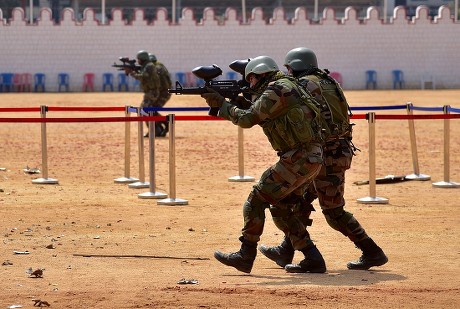
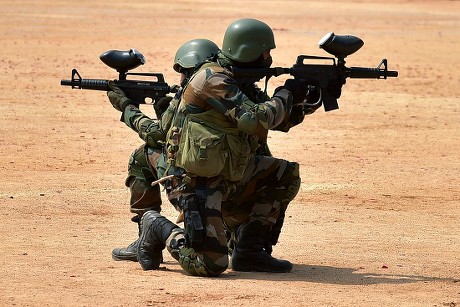
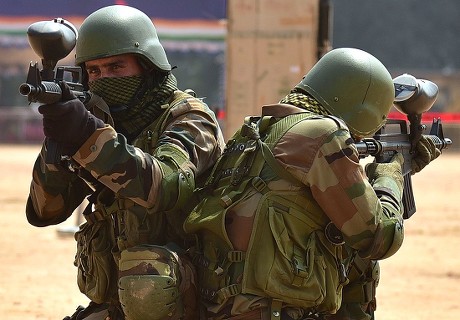
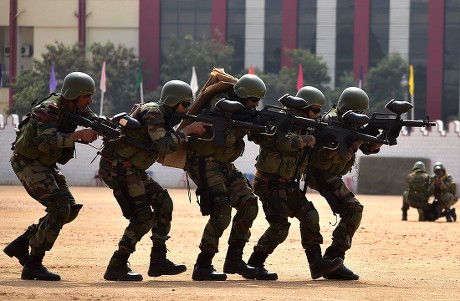
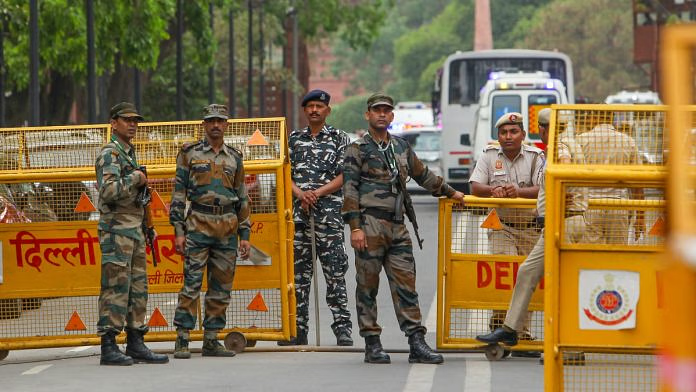
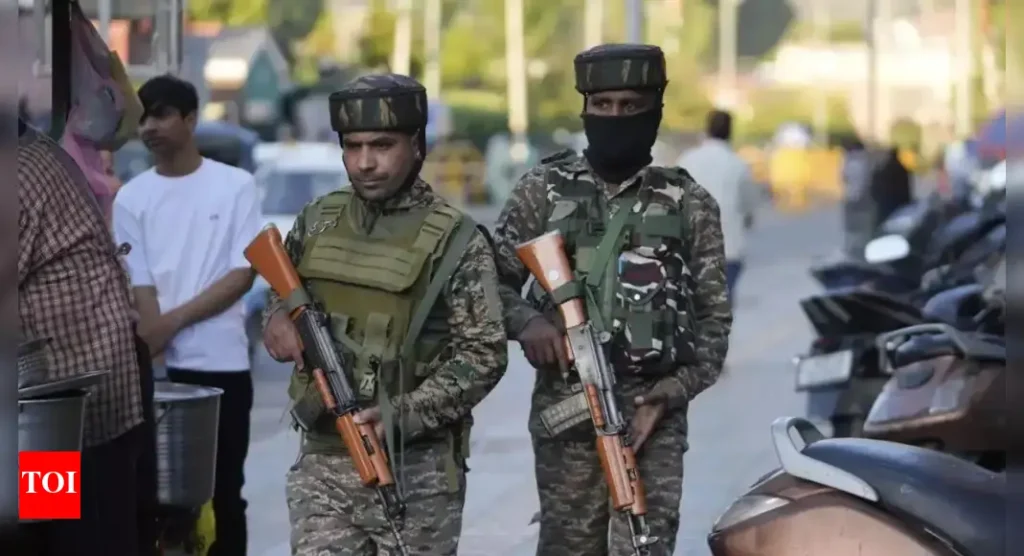

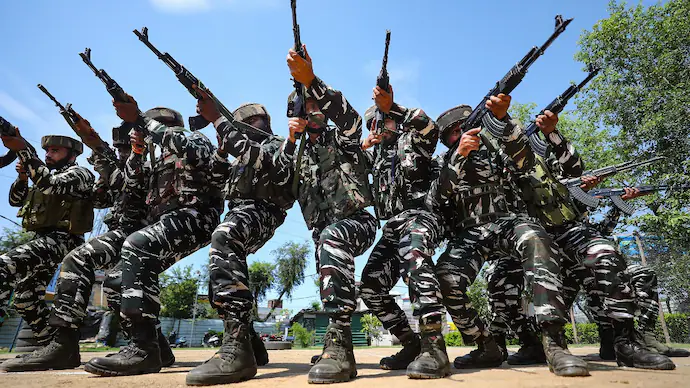
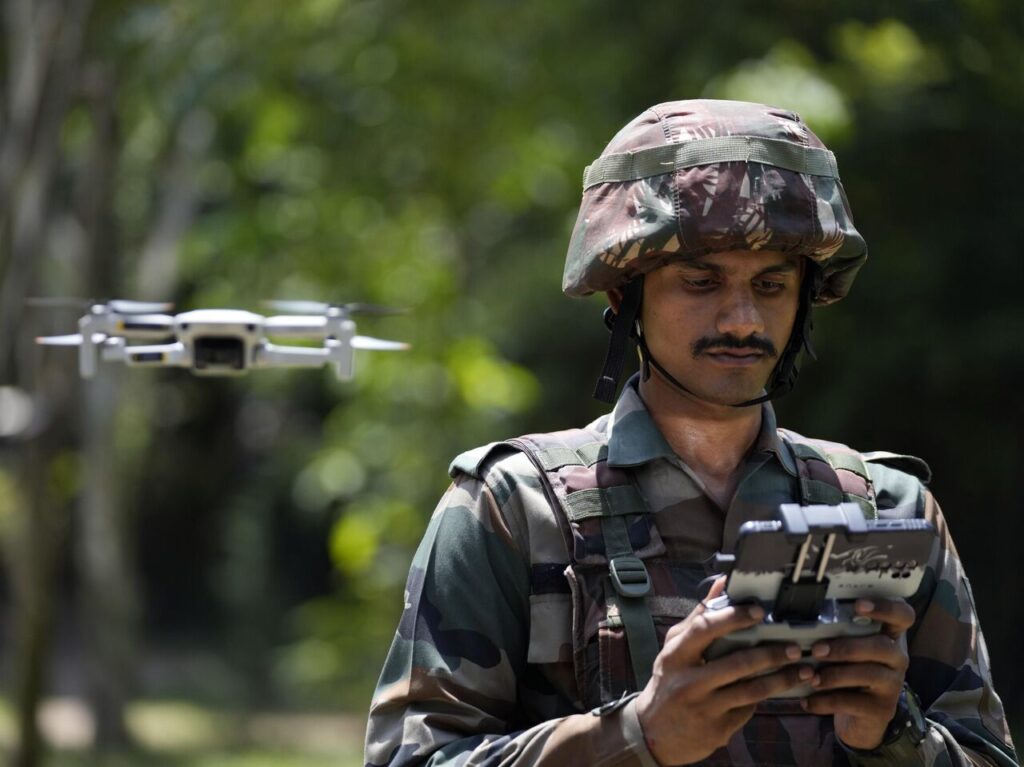
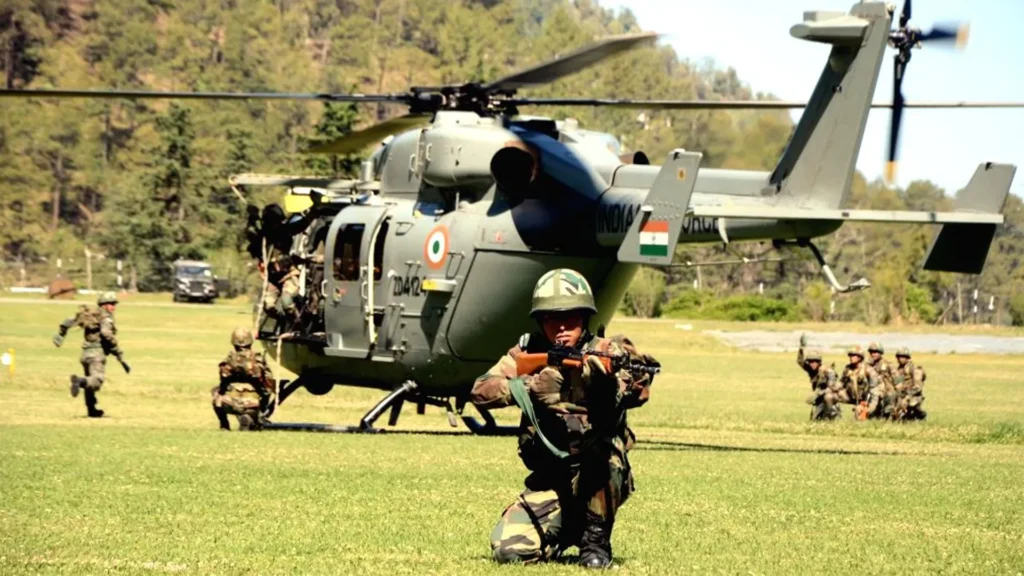

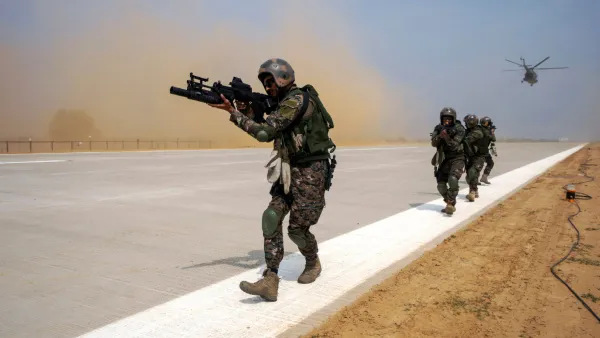
Understanding India’s National Security Preparedness
In response to emerging threats, the Indian government is conducting a nationwide drill to assess its national security preparedness. The backdrop to this exercise is a sharp rise in tension with Pakistan following the April 22 terror attack in Pahalgam, Jammu and Kashmir, which left 26 tourists dead. India is holding a large-scale civil defence mock drill on May 7, 2025, across 244 districts, as tensions with Pakistan escalate following recent conflicts. The drill will simulate blackout scenarios, air raids, and evacuations, with sirens sounding in major cities at scheduled timings.
Authorities, including ex-officials like Kiran Bedi, emphasise preparedness, while the Ministry of Home Affairs (MHA) oversees the exercise—the first of this scale since the 1971 India-Pakistan war.
Current Security Landscape and Emerging Threats
The current security landscape in India is marked by an increasing threat from terrorist organizations. The government has been working to enhance its security measures to counter these threats effectively. Air raid preparedness in India is a critical component of this effort, with the government focusing on improving early warning systems and shelter infrastructure.
Government Initiative Behind the May 7 Exercise
The May 7 nationwide mock security drill is a significant government initiative aimed at evaluating and enhancing the country’s preparedness against potential security threats. This exercise is part of a broader India civil defense exercise that involves various stakeholders, including central and state authorities.
Key Objectives and Expected Outcomes
The key objectives of the May 7 exercise include assessing the readiness of security forces, evaluating the effectiveness of communication networks, and identifying areas for improvement in new threat simulation india scenarios. The expected outcomes include enhanced coordination between different agencies and improved response times to emergencies.
Nationwide Air Raid Drill India: Scope and Scale
India’s nationwide air raid drill is set to be a massive undertaking, involving multiple stakeholders and emergency response teams across the country. The exercise is designed to test the nation’s preparedness and response mechanisms in the face of potential aerial threats.
Coordination Between Central and State Authorities
The success of the nationwide air raid drill depends heavily on the coordination between central and state authorities. Each state is responding with its own strategy, involving local police, disaster response forces, and civil defence volunteers. This collaborative approach ensures a comprehensive response to potential threats.
Timeline and Schedule of the May7 Exercise
The May 7 exercise will follow a detailed timeline and schedule, with public notification systems playing a crucial role in alerting citizens about the drill.
Public Notification Systems
Public notification systems will be activated to inform citizens about the drill, ensuring that everyone is aware of the exercise and knows how to respond.
Duration and Phases of the Drill
The drill will be conducted in multiple phases, with each phase designed to test different aspects of the country’s preparedness. The duration of the drill will be limited, but it will be intense and comprehensive.

The nationwide air raid drill on May 7 is a significant step in enhancing India’s security preparedness. By involving various stakeholders and emergency response teams, the exercise aims to identify areas for improvement and strengthen the country’s response mechanisms.
Complete List of Participating Districts and Cities
As part of the national preparedness initiative, a total of 259 locations in 33 states and union territories are set to participate in the mock drill. This comprehensive exercise aims to test the country’s readiness in responding to potential security threats.
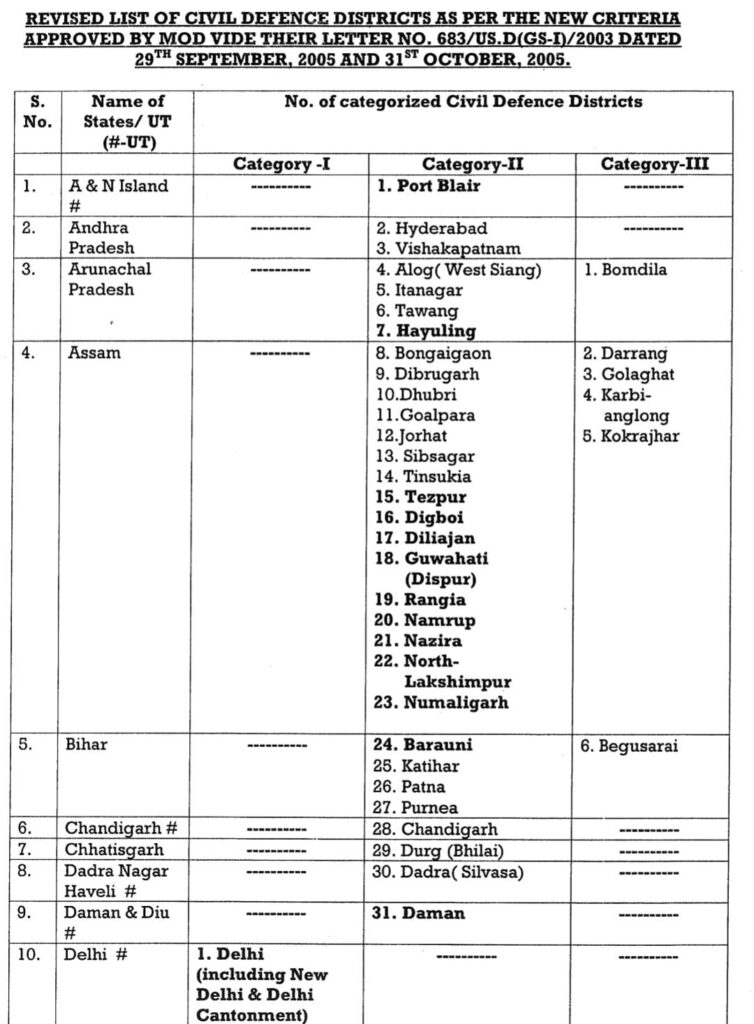

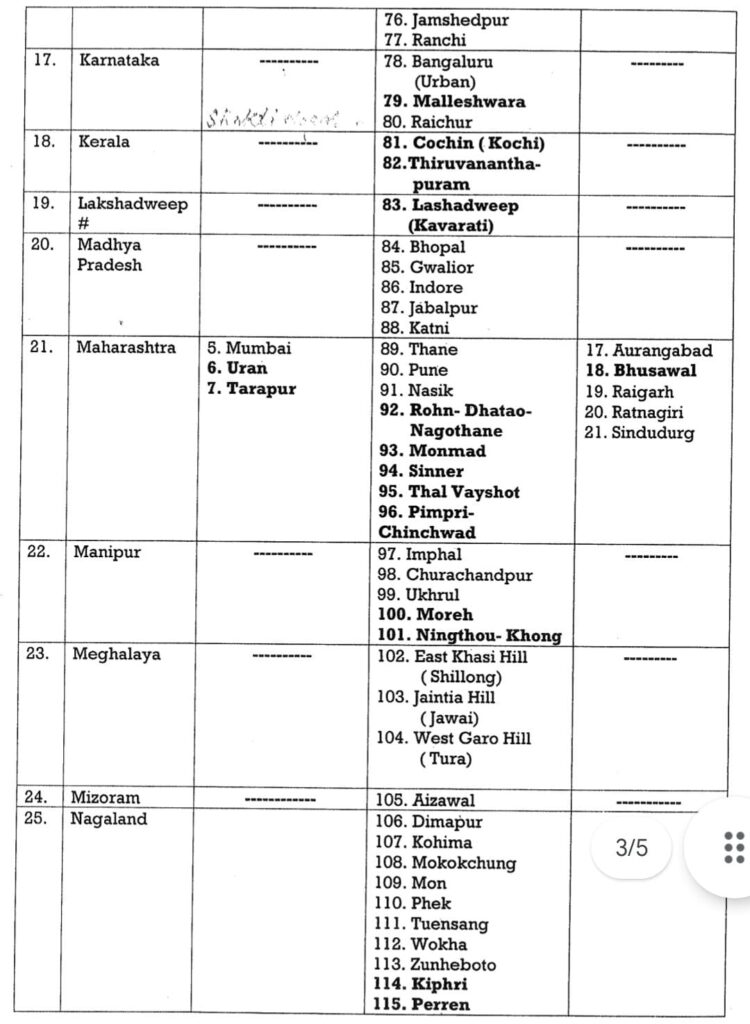
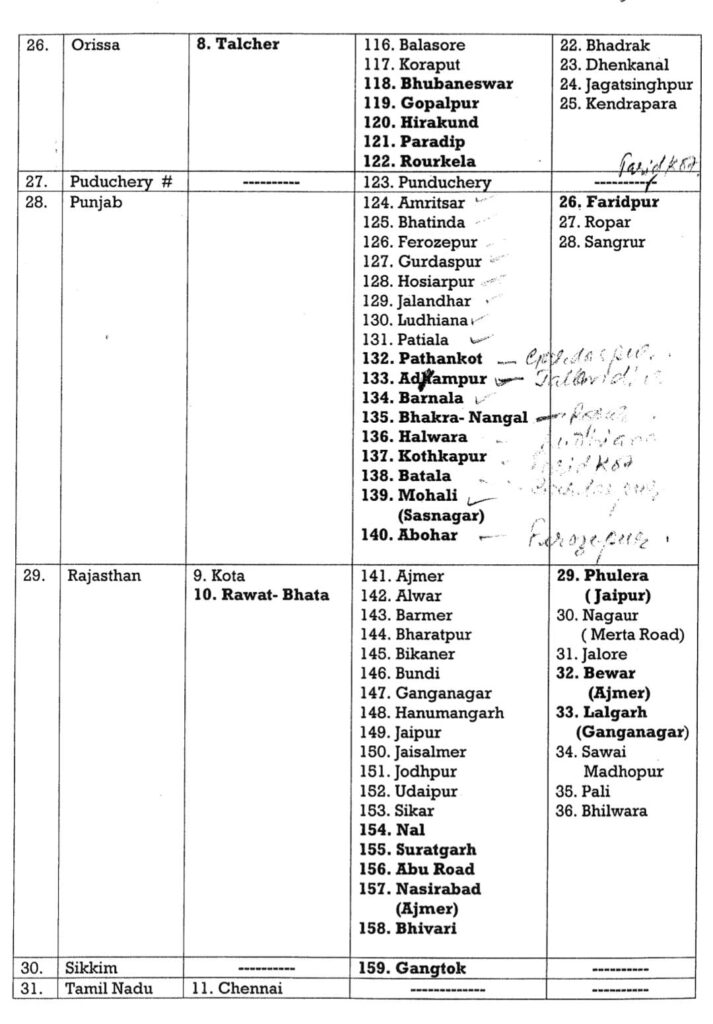
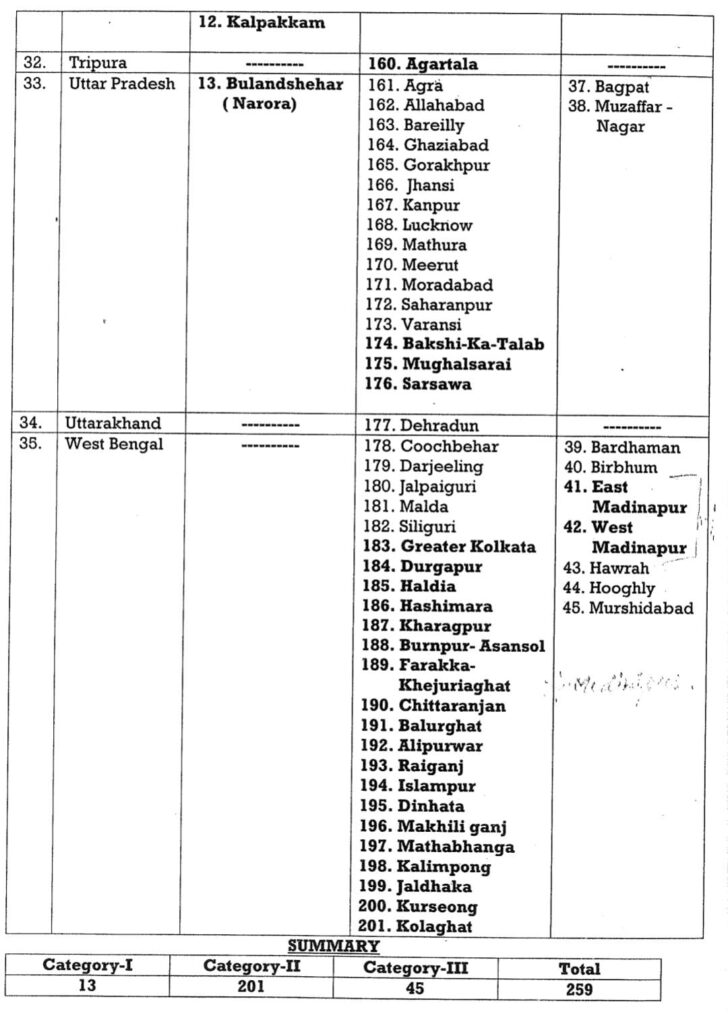
Northern Region Participants
The Northern Region, being a critical area, has a significant number of participating districts. Key cities in this region include:
- Delhi
- Jammu and Kashmir
- Himachal Pradesh
- Punjab
- Haryana
Delhi and Surrounding Areas
Delhi, being the capital city, is a focal point of the drill. The surrounding areas, including Noida, Gurgaon, and Faridabad, are also participating.
A total of 15 districts in Delhi and its surrounding areas will be involved in the exercise, testing their preparedness and response mechanisms.
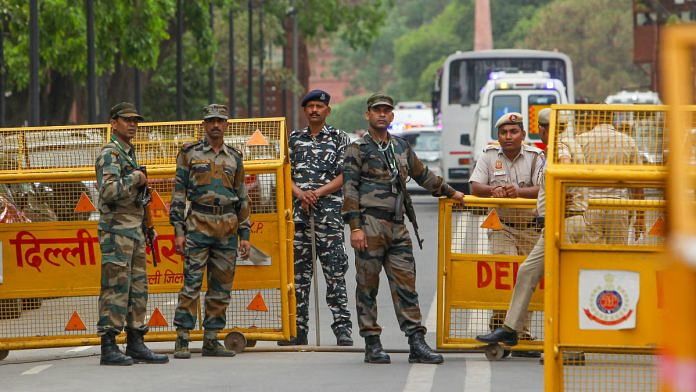
Southern Region Participants
The Southern Region is also actively participating in the mock drill, with key cities including:
- Bangalore
- Chennai
- Hyderabad
- Kerala
- Tamil Nadu
Eastern and Western Region Participants
The Eastern and Western Regions are equally involved, with significant participation from:
- Kolkata
- Mumbai
- Ahmedabad
- Pune
Mumbai Metropolitan Region Involvement
Mumbai, being a major metropolitan city, is playing a crucial role in the drill. The Mumbai Metropolitan Region, including Thane and Navi Mumbai, will participate extensively.
| Region | Key Cities | Number of Districts |
|---|---|---|
| Northern | Delhi, Jammu, Punjab | 50 |
| Southern | Bangalore, Chennai, Hyderabad | 40 |
| Eastern | Kolkata, Bhubaneswar | 30 |
| Western | Mumbai, Ahmedabad, Pune | 45 |
The participation of these cities and districts underscores the nation’s commitment to enhancing its security preparedness.
Delhi’s Security Preparedness for the May7 Drill
The national capital, Delhi, is intensifying its security protocols in anticipation of the May 7 drill. As part of the nationwide mock security exercise, Delhi’s authorities are taking comprehensive measures to ensure public safety and effective response during the drill.
Key Locations and Infrastructure Involved
Delhi’s security preparedness involves key locations such as major public gathering spots, transportation hubs, and critical infrastructure. Intensified surveillance is being implemented at these locations to enhance security.
Public Transportation Adjustments
To facilitate a smooth drill, adjustments are being made to public transportation systems. This includes revised traffic routing and increased security presence at bus stations and metro rail terminals.
Emergency Response Teams Deployment
Emergency response teams are being strategically deployed across the city. These teams are equipped to handle various scenarios that may arise during the drill.
Command Center Operations
The command center will serve as the nerve center for coordinating responses during the drill. It will oversee the execution of the security protocols and ensure a unified response to any simulated threats.
| Location | Security Measure | Status |
|---|---|---|
| Major Public Spots | Intensified Surveillance | Active |
| Transportation Hubs | Increased Security Presence | Active |
| Critical Infrastructure | Enhanced Monitoring | Active |
Pune’s Siren Test and Mock Drill Preparations
In anticipation of the May 7 nationwide mock security drill, Pune is intensifying its preparations. The city is focusing on enhancing its siren system infrastructure and conducting comprehensive public awareness campaigns to ensure citizen participation and safety.
Siren System Infrastructure and Testing
Pune’s siren system is a critical component of its emergency alert infrastructure. The city is conducting thorough tests of its sirens to ensure they are functioning correctly. This includes checking the siren’s audio clarity and reach, as well as the overall network connectivity.
Public Awareness Campaigns in Pune
To educate citizens about the upcoming drill, Pune is launching extensive public awareness campaigns. These campaigns include disseminating information through local media, social media, and community outreach programs. The goal is to inform citizens about the drill’s objectives, the significance of their participation, and the guidelines to follow during the exercise.
Citizen Participation Guidelines
Citizens are encouraged to participate actively in the drill. Guidelines include:
- Staying informed through local news and official announcements
- Following instructions from local authorities during the drill
- Cooperating with emergency response teams
As Pune prepares for the May 7 drill, the city’s efforts are geared towards enhancing public safety and readiness.
“The success of this drill depends on the active participation of our citizens,” said a local official.
With thorough preparations and public cooperation, Pune is set to make the most of this critical exercise.
How Cities Are Preparing for Blackout Exercises
As India conducts its nationwide mock security drill on May 7, the focus is on how cities are preparing for the blackout exercises, a critical aspect of national security preparedness.
The blackout exercises are an essential part of the country’s preparedness against potential air raids, involving lighting restrictions as a precautionary measure.
Essential Services During Blackouts
During the blackout exercises, cities are making arrangements to ensure that essential services continue uninterrupted.
Healthcare Facilities Contingency Plans
Healthcare facilities are developing contingency plans to manage the blackout period effectively. Backup power generators and alternative lighting solutions are being put in place to maintain critical healthcare services.
Utility Services Management
Utility services, including water and electricity, are being managed through emergency response teams that will be on standby during the blackout exercise. This ensures that any disruptions are minimized and addressed promptly.
| Service | Contingency Plan | Responsible Agency |
|---|---|---|
| Healthcare | Backup power generators | Healthcare Department |
| Water Supply | Alternative water sources | Water Supply Department |
| Electricity | Emergency power backup | Electricity Board |
Citizen Guidelines for Blackout Periods
Citizens are being advised on how to prepare for the blackout exercises to ensure their safety and minimize disruptions.
Home Preparation Recommendations
Citizens are recommended to have torches, batteries, and alternative lighting sources ready. They are also advised to stay informed through official communication channels.
Business Continuity Plans
Businesses are encouraged to develop continuity plans, including backup power solutions and remote work arrangements, to minimize the impact of the blackout exercises on their operations.
India’s Civil Defense Exercise: Training and Implementation
On May 7, India will undertake a large-scale civil defense exercise to test its readiness and response to various security scenarios. This comprehensive drill aims to enhance the country’s preparedness against potential security threats and involves various stakeholders, including civil defense volunteers, students, NCC and NSS cadets, Home Guards, and NYKS.
Civil Defence Personnel Mobilization
The success of the civil defense exercise depends on the effective mobilization of personnel. Civil defense volunteers and Home Guards will play a crucial role in the exercise, working alongside other security forces to simulate real-life emergency scenarios.
Community Involvement Strategies
Community involvement is a critical aspect of the exercise. The drill will involve public awareness campaigns to educate citizens about their roles and responsibilities during emergencies.
“The involvement of local communities is essential for the success of civil defence initiatives,”
said a senior official.
Volunteer Training Programs
To ensure that volunteers are adequately prepared, specialized training programs will be conducted. These programs will cover various aspects of disaster management and civil defense, equipping volunteers with the necessary skills to respond effectively in emergency situations.
Emergency Response Equipment and Resources
The exercise will also involve the deployment of emergency response equipment and resources. This includes rescue vehicles, medical supplies, and communication devices, which will be used to simulate response scenarios.
The civil defence exercise on May 7 is a significant step towards enhancing India’s disaster management capabilities and preparedness for potential security threats.
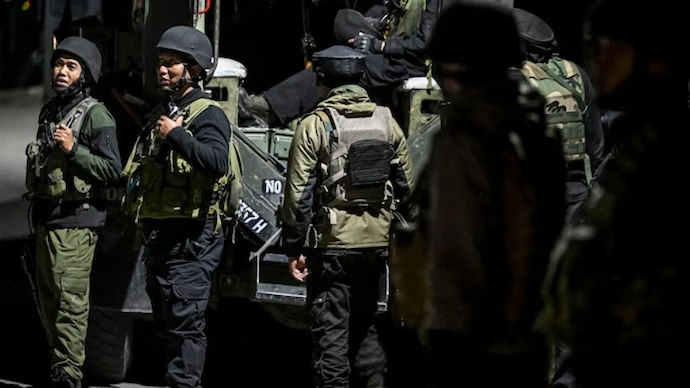



Air Raid Preparedness in India: New Protocols and Technologies
India’s approach to air raid preparedness is evolving, with a strong emphasis on new technologies and protocols to ensure citizen safety.
Early Warning Systems
One of the critical components of air raid preparedness is the implementation of effective early warning systems. These systems are designed to detect potential threats and alert the public in a timely manner.
Key Features of Early Warning Systems:
- Advanced radar technology
- Real-time data analytics
- Multi-channel alert dissemination
Shelter Infrastructure Assessment
Assessing and upgrading shelter infrastructure is vital for ensuring public safety during air raids. This includes identifying safe zones and reinforcing existing shelters.
Recent Upgrades:
- Reinforced construction materials
- Improved ventilation systems
- Enhanced accessibility features
Post-Raid Response Mechanisms
Effective post-raid response mechanisms are crucial for minimizing the impact of an air raid. This includes medical emergency protocols and search and rescue operations.
Medical Emergency Protocols
Medical emergency protocols are designed to provide immediate care to those affected by an air raid. These protocols include:
- Rapid deployment of medical teams
- Strategic placement of medical supplies
- Coordination with local hospitals
Search and Rescue Operations
Search and rescue operations are critical for locating and assisting individuals trapped or injured during an air raid. These operations involve:
- Trained rescue personnel
- Specialized equipment
- Effective communication networks
Simulating New Security Threats: Scenarios and Responses
India’s May 7 nationwide mock security drill aims to simulate real-world threats, testing the country’s emergency response mechanisms. This exercise is crucial in assessing the nation’s preparedness against various security threats.
Types of Threats Being Simulated
The drill simulates a range of scenarios, including air raids and blackouts, to evaluate the country’s response to different types of threats. Civilians are expected to practice taking shelter, while emergency services respond in real-time.
Technological Aspects of Threat Simulation
Advanced technologies are being utilized to simulate realistic threat scenarios. This includes the use of sophisticated siren systems and communication networks to mimic real-world threats.
International Best Practices Adaptation
India is drawing on international best practices in designing its security drill. This includes lessons learned from global security exercises.
Lessons from Global Security Exercises
Various countries have conducted similar drills, providing valuable insights into effective security measures. A comparison of international practices is shown below:
| Country | Type of Drill | Key Features |
|---|---|---|
| USA | National Emergency Drill | Involves multiple agencies, simulated cyberattacks |
| UK | Civil Defense Exercise | Focuses on public awareness, shelter infrastructure |
| India | Nationwide Mock Security Drill | Simulates air raids, blackouts, and emergency responses |
India Mock Security Drill May7: Impact and Significance
The India mock security drill on May7 is a significant event aimed at assessing the country’s preparedness to face potential security threats. As part of the may7 security drill updates, citizens can expect a series of coordinated exercises across various cities, including air raid drills and blackouts.
The government wants people to treat this as a preparedness exercise, not a sign of panic. During the india mock security drill may7, citizens may experience disruptions in daily activities, but it’s essential to remain calm and follow instructions from local authorities.
Understanding what to expect during the mock drill is crucial for citizens to participate effectively. The exercise will test the country’s emergency response systems, coordination between central and state authorities, and the readiness of civil defense personnel.
The significance of this drill lies in its ability to identify areas of improvement in national security preparedness. By simulating various threat scenarios, the government can refine its response strategies and enhance the overall security infrastructure.
FAQ
What is the purpose of India’s May7 mock drill?
The purpose of the May7 mock drill is to enhance national security preparedness and assess the country’s readiness to face potential security threats, including air raids and other emergencies.
Which cities will participate in the blackout drill?
Multiple cities across different regions will participate in the blackout drill, including major metropolitan areas such as Delhi, Mumbai, and Pune.
How to stay safe during the air raid mock drill?
To stay safe during the air raid mock drill, citizens are advised to follow public guidelines, seek shelter in designated areas, and avoid panic.
Will schools and offices be closed during the drill?
The status of school and office closures during the drill will be announced by respective authorities, and citizens are advised to check with local administration for specific instructions.
What are the timings and guidelines for India’s air raid preparedness drill?
The timings and guidelines for the air raid preparedness drill will be announced by the authorities, and citizens are advised to follow official notifications and instructions.
How are cities preparing for blackouts during the drill?
Cities are preparing for blackouts by identifying essential services, developing citizen guidelines, and implementing business continuity plans to minimize disruptions.
What is the significance of the nationwide air raid drill in India?
The nationwide air raid drill is significant as it aims to enhance the country’s preparedness against potential security threats and assess the coordination between central and state authorities.
How will the public be notified about the drill?
The public will be notified about the drill through official announcements, public awareness campaigns, and siren testing in participating cities.
What are the key objectives of the May7 exercise?
The key objectives of the May7 exercise are to assess the country’s preparedness against potential security threats, enhance coordination between authorities, and identify areas for improvement.
Are there any specific guidelines for citizens during the blackout periods?
Yes, citizens will be provided with guidelines on how to behave during blackout periods, including information on essential services and emergency contact numbers.




















































